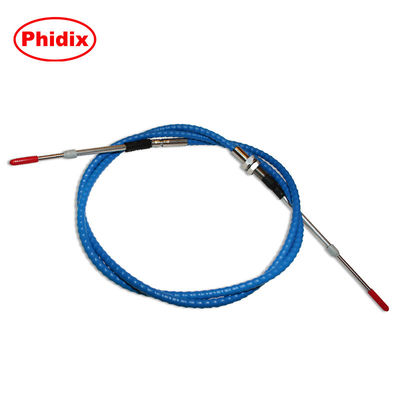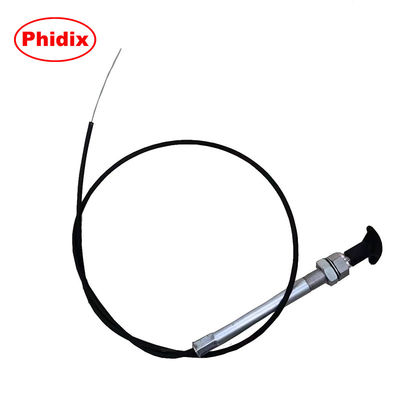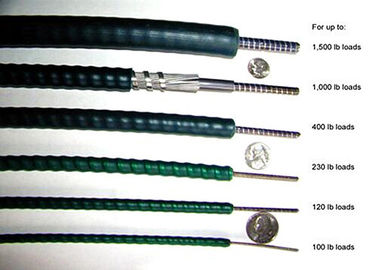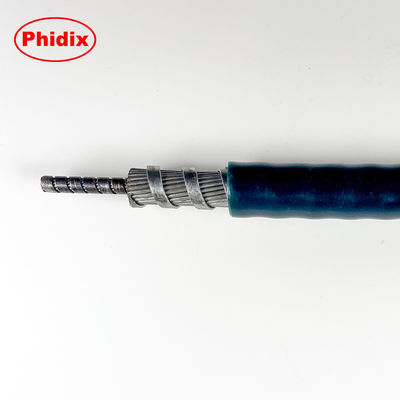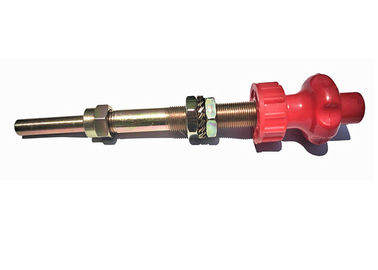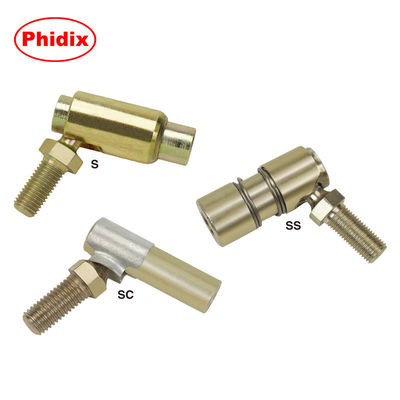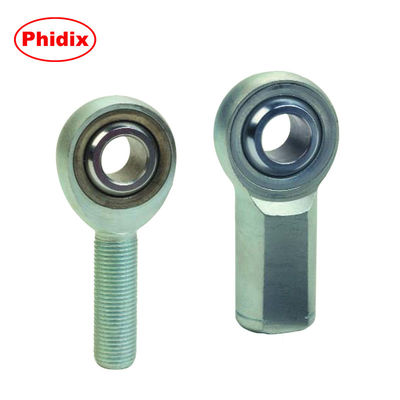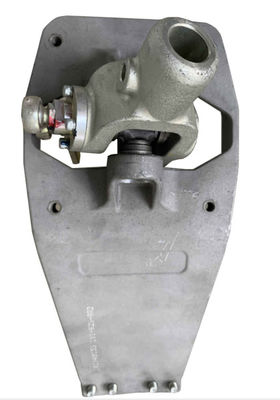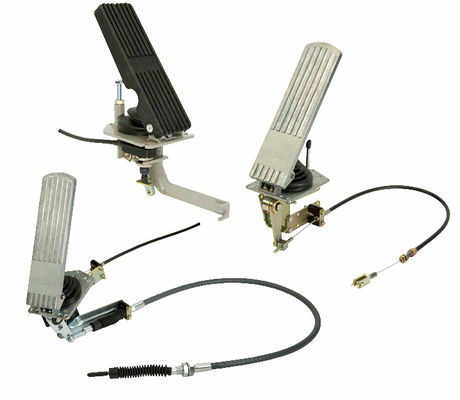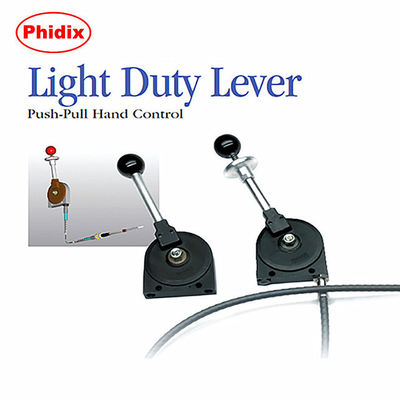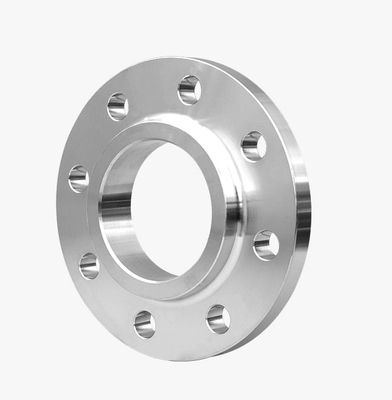Brake cable systems are far more than simple mechanical components—they are precision-engineered solutions tailored to meet the unique demands of industries ranging from automotive manufacturing to renewable energy. As industrial applications grow more complex, these systems evolve through material innovation, design flexibility, and integration with advanced technologies. Below, we analyze how brake cables adapt across sectors, ensuring safety, efficiency, and reliability.Low-Friction Motion Control Assemblies: Custom Heavy-Duty Cables
1. Material Innovation for Extreme Conditions
Industrial environments often involve high stress, corrosion, or temperature extremes. Brake cables leverage specialized materials to address these challenges:
-
PTFE (Teflon) Liners: Widely used in automotive brake cables, PTFE reduces friction and wear while resisting chemical degradation. In India, PTFE-lined cables are now mandatory for two-wheelers due to their durability in humid climates.
-
Stainless Steel & Anti-Corrosion Coatings: For marine or mining equipment, stainless steel cores and polymer-coated sheaths prevent rust and prolong lifespan in saltwater or abrasive environments.
-
High-Temperature Polymers: In steel mills or foundries, cables with heat-resistant sheaths maintain functionality even at extreme temperatures7.
2. Customization for Sector-Specific Demands
Brake cables are engineered to match the load, motion, and safety requirements of each industry:
-
Automotive: Throttle and clutch cables use push-pull designs for precise control, while parking brake cables prioritize tensile strength to lock vehicles securely.
-
Wind Energy: Offshore turbines rely on fail-safe hydraulic brake systems with corrosion-resistant cables to withstand saltwater exposure and sudden load changes.
-
Construction & Mining: Heavy machinery employs dynamic braking systems with reinforced cables capable of absorbing high kinetic energy during abrupt stops.
-
Material Handling: Conveyor belts and cranes use drum brakes paired with durable cables to manage repetitive start-stop cycles7.
3. Integration with Smart Systems
Modern industrial applications increasingly demand connectivity and automation:
-
Sensor-Embedded Cables: Some systems now include strain sensors to monitor wear in real time, alerting operators to potential failures before they occur.
-
Hydraulic-Pneumatic Hybrids: Combining hydraulic force with pneumatic responsiveness, these systems enable precise braking in automated production lines.
-
IoT Compatibility: Advanced setups integrate brake cables with centralized control units, allowing remote diagnostics and adjustments for industries like logistics.
4. Regulatory Compliance and Safety Standards
Adaptation also hinges on meeting global safety mandates:
-
Automotive: Post-2024 regulations in markets like India and the EU require PTFE-lined cables to reduce accident risks from cable degradation18.
-
Marine: Compliance with ISO standards ensures cables withstand prolonged UV exposure and saltwater corrosion3.
-
Industrial Machinery: Certifications like CE or UL guarantee cables meet fire resistance and load-bearing criteria for heavy equipment7.
5. Maintenance Strategies for Longevity
Proactive upkeep ensures optimal performance across industries:
-
Lubrication Protocols: PTFE-based lubricants reduce internal friction in automotive cables, while food-grade oils are used in pharmaceutical machinery to avoid contamination.
-
Modular Replacement Systems: Companies like CableQuip offer machinery to manufacture and test custom cables onsite, minimizing downtime for sectors like agriculture or logistics.
-
Environmental Sealing: Sealed housings with rubber gaskets protect cables in dusty or wet environments, such as mining or wastewater treatment plants.
FAQs for Industrial Buyers
-
Q: How do I choose between mechanical and hydraulic brake cables?
A: Mechanical cables suit lightweight applications (e.g., small vehicles), while hydraulic systems excel in heavy machinery requiring high torque8.
-
Q: Can brake cables be retrofitted for smart factories?
A: Yes—retrofit kits with sensor-compatible sheaths are now available for legacy systems.
Conclusion
From wind turbines battling ocean storms to mining trucks hauling massive loads, brake cable systems adapt through relentless innovation. By aligning material science, regulatory standards, and smart technology, these components ensure industries operate safely and efficiently—no matter the challenge.

 Your message must be between 20-3,000 characters!
Your message must be between 20-3,000 characters! Please check your E-mail!
Please check your E-mail!  Your message must be between 20-3,000 characters!
Your message must be between 20-3,000 characters! Please check your E-mail!
Please check your E-mail! 
